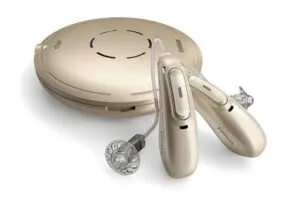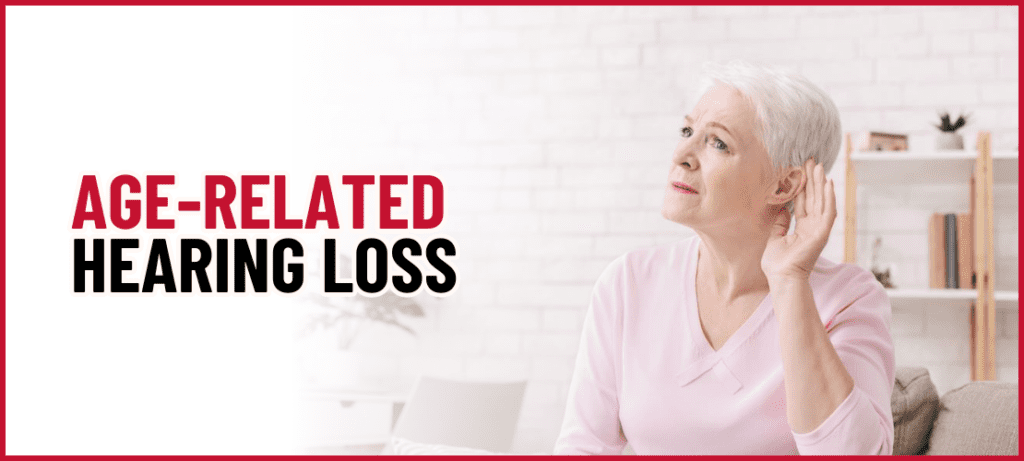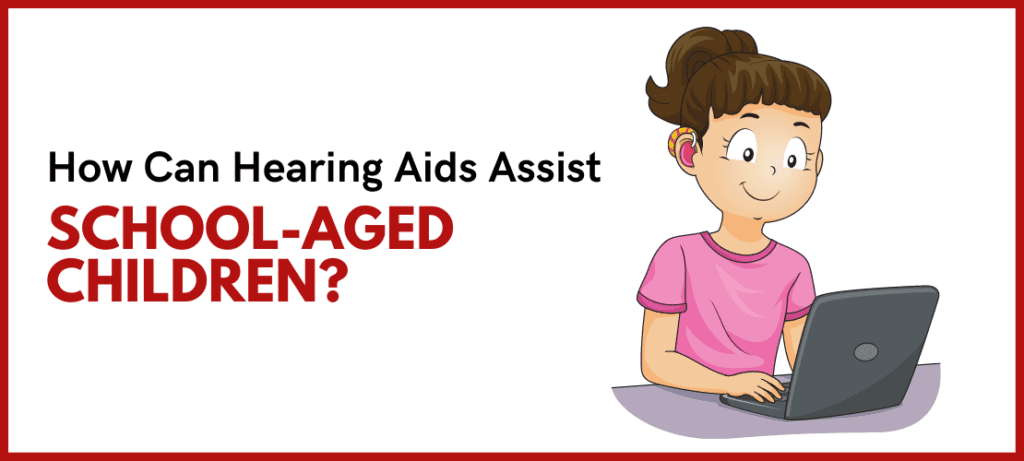Looking For The Best Hearing Aids Is Not Easy
Table of Contents


Looking For The Best Hearing Aids Is Not Easy
Does RIC, BTE, CIC sound Greek to you? Usually, people tend to be more accepting of hearing aids only if no one can notice them. However, while a hearing aid should be inconspicuous, it must also be comfortable, best suited to your range of hearing loss and must provide you the most natural sound.
Selecting the right hearing aids can be a confusing process
Keeping up with hearing in a dynamic environment requires a hearing aid to be able to adapt and adjust seamlessly. Most patients shy away from hearing aids because they don’t want them to be visible. However, recent innovations ensure that hearing aids come equipped with features that allow discreetness, wireless charging, customized colours (even to match your hair color), bluetooth-compatibility as also smartphone-friendly!
Types of Hearing aids
Hearing aids vary primarily in terms of their body-style: the larger the housing of the hearing device, the louder the sound. Smaller hearing aids are suitable for mild to borderline hearing loss, and larger ones for more profound loss.
There are three basic types of hearing aids – Receiver-in-canal (RIC), Behind-the-ear (BTE) and In-the-ear (ITE). Then there are others like IIC (Invisible In Canal) and CIC (Completely In Canal).

Receiver-in-canal (RIC)
RIC hearing aids are worn behind the ear. You can easily adjust these, they are comfortable and require minimal customisation. You can almost completely hide the thin body profile behind your ear and the wiring is nearly invisible to the naked eye. So if you don’t want your hearing aid to be seen, this one is for you.
Behind-the-ear (BTE)
BTE type of hearing aids usually have the highest amplification power due to large receiver size and battery capacity. These aids are discreet and are suitable for all types of hearing losses, ranging from mild to profound. This style is often chosen for young children as it accommodates various ear-mold types, that are replaced as the child grows.
In-the-ear (ITE)
ITE hearing aids are worn directly in the ear and are custom-made for each patient. Depending on the model, ITEs sit either in the bowl of the ear or in the ear canal. ITE hearing aids come in many sizes including CIC (completely in Canal) and IIC (Invisible in Canal).
In-The-Canal (ITC)
ITC hearing aids are a good compromise between features and size. Their small profile is the right choice for you if you want a perfectly unnoticeable hearing aid. Despite their small size, ITC hearing aids can still be equipped with directional microphones, to assist in speech discrimination.
Completely-In-the-Canal (CIC)
CIC hearing aids are one of the most popular hearing devices. If they are fitted correctly, they sit deep in the ear canal and cannot be easily seen. While this kind of a hearing aid provides lesser amplification due to smaller batteries, the proximity of the receiver to the eardrum delivers more perceived volume.
What to look for in a hearing aid?
Adequate Amplification
Depending upon the type and intensity of hearing loss you’re suffering from, choose hearing aids that are powerful enough to meet your needs. If your hearing loss is mild or moderate, you can opt for hearing aids with low power. If your hearing impairment is severe, needless to mention that you must go for ones with a higher potential. Your audiologist will refer to the results of your hearing tests to suggest you the necessary strength of hearing aids required to treat your hearing loss.
Style
Some hearing aids are placed inside the ear canal and are visible. Others go behind the ear and they’re also quite visible. Some hearing aids are more visible than others and take up more space in the exterior ear canal. Discuss with your audiologist to find the right kind of hearing aid to address your hearing impairment.
Budget
Although hearing aids are necessary equipment if you’re suffering from hearing loss but they’re a big investment. Depending upon the features, styles and level of technology, the prices of hearing aids may vary. However, it is recommended that you invest in a good pair of hearing aids rather than going for cheaper ones that might impact your hearing impairment even further. If you feel a good pair of hearing aids is weighing you down on your pocket, you can now get your hands on the best quality hearing aids on EMI at Quality Hearing Care!
Features
From directional microphones to Bluetooth capabilities, hearing aids have abundant features to offer. Based on your budget and severity of hearing loss, your audiologist will recommend you the hearing aid that best suits your needs.
Audiologist recommendation
Since audiologists are experts in the hearing field, they have a better idea as to which hearing aid will work the best for you. You can read and research about hearing aids from your end but taking an audiologist recommendation will definitely be more beneficial.
So which hearing aid is best for you?
The right hearing aid does not depend on the one you like – but one that is suited to your needs and lifestyle. Let our team of experienced professionals assist you in making an informed decision and finding the hearing aid that’s best for you.
Want to make an appointment? Click here. Or call us on 07738957000
Related Post
-
 Hearing Loss: Types, Symptoms, Causes & Treatment
Hearing Loss: Types, Symptoms, Causes & Treatment -
 Age-Related Hearing Loss (Presbycusis)
Age-Related Hearing Loss (Presbycusis) -
 How to Safely and Properly Clean Your Ears- Methods & What to Avoid
How to Safely and Properly Clean Your Ears- Methods & What to Avoid -
 Hearing Aids- Benefits, Different Styles/Types and How They Work
Hearing Aids- Benefits, Different Styles/Types and How They Work -
 What Level Of Hearing Loss Requires A Hearing Aid?
What Level Of Hearing Loss Requires A Hearing Aid? -
 Differences Between Conductive and Sensorineural Hearing Loss
Differences Between Conductive and Sensorineural Hearing Loss -
 When is the correct time to upgrade Hearing Aids?
When is the correct time to upgrade Hearing Aids? -
 How Can Hearing Aids Assist School Aged Children?
How Can Hearing Aids Assist School Aged Children? -
 The Impact of Hearing Loss on Cognition
The Impact of Hearing Loss on Cognition -
 Hearing Resides in Your Brain, Not Just Your Ears
Hearing Resides in Your Brain, Not Just Your Ears -
 Exploring Link Between Hearing Loss and Depression_ Breaking the Silence
Exploring Link Between Hearing Loss and Depression_ Breaking the Silence -
 New Hearing Aids? Here’s How To Make The Most Of The Device
New Hearing Aids? Here’s How To Make The Most Of The Device -
 The Unseen Link Between Diabetes and Hearing Loss
The Unseen Link Between Diabetes and Hearing Loss -
 Prevention of Noise-Induced Hearing Loss In Young Adults
Prevention of Noise-Induced Hearing Loss In Young Adults -
 Embarking on the Search for the Right Hearing Aid
Embarking on the Search for the Right Hearing Aid
















